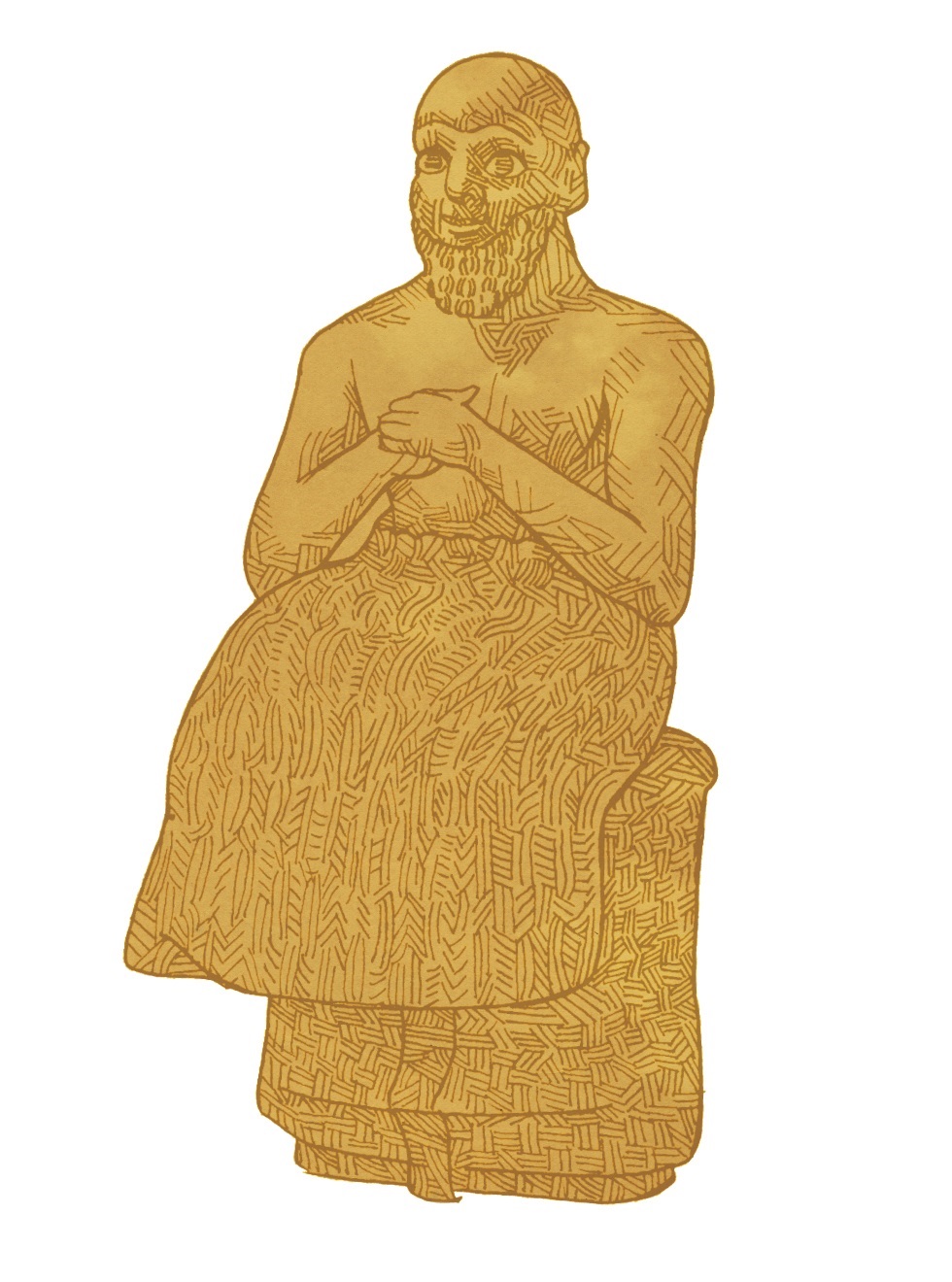Tradition and Interpretation in Gen 1:1–2:4a
DOI:
https://doi.org/10.5508/jhs.2010.v10.a12Abstract
In the beginning of the 20th century several scholars (B. Stade, F. Schwally, J. Morgenstern) argued that Gen 1:1–2:4a consists of two different layers: one containing a “Tatbericht” (account of the divine act) and the other consisting of a “Wortbericht” (account of the creative divine word). This view became dominant in scholarship. However, the detailed study of O.H. Steck (1975) arguing for the literary unity of the story marked an important turning-point, the impact of which continues to be felt strongly today. This article critically examines the arguments of Steck, especially his interpretation of the “ ויהי כן -formula” ("and it was so"). This is followed by observations of important differences of specific motifs and particularities of language between the "divine-word"-statements and "divine-act"-statements. For example, in the "word-account" God collaborates with other entities such as the firmament, sea, earth, but the "act-account" attributes creative activity to God alone. The analysis leads to the conclusion that the "word-account" represents the older “skeleton” of Gen 1, while the "act-layer" consists of later additions that refine the earlier account with their own theological accents. Since the vocabulary and the theological view of the later "act-statements" can be associated with the priestly document (Pg), the early "divine word account" should be taken as another sign (in addition to, for instance, Gen 5)that P is based on – at least to some extent – identifiable sources.Downloads
Published
2011-08-20
How to Cite
Hutzli, J. (2011). Tradition and Interpretation in Gen 1:1–2:4a. The Journal of Hebrew Scriptures, 10. https://doi.org/10.5508/jhs.2010.v10.a12
Issue
Section
Articles

 Statue of Ebih-Il, drawing by Simeon Goa, © Journal of Hebrew Scriptures
Statue of Ebih-Il, drawing by Simeon Goa, © Journal of Hebrew Scriptures
